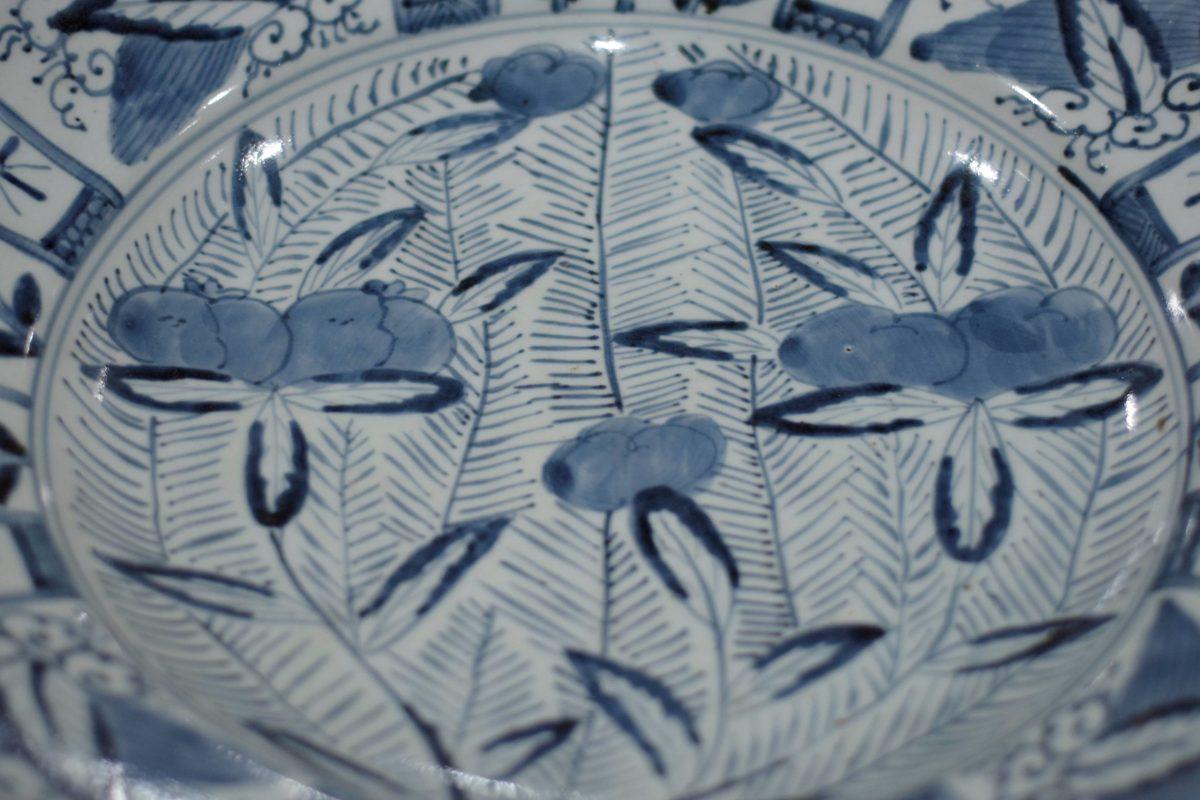The Crow Museum of Asian Art at UTD exhibited everyday items made of from ceramics and textiles which are particularly praised by followers of Shintoism.
Available until April 14, 2024, these art pieces are part of an existing exhibit — Japan, Form and Function: The Montgomery Collection — and housed in a large section called “the Mingei Movement.” Mingei translates to “art of the people” or “people’s art.” Displayed objects in the museum collection are items of everyday use, such as plates and bowls.
“The reason we call it ‘form and function’ is because it’s a beautiful shape,” said Irene Martin, guest consultant for the Montgomery Collection. “It’s beautiful work, and every single thing has a function. It’s not just a decorative piece that you show [off.]”
Martin pitched the concept for the exhibit to Jeffrey Montgomery, a Swiss collector, suggesting they use the 1,000 works he had collected over 40 years to explain their connection to the oldest Japanese religion, Shintoism.
“Everything has its meaning coming out of its culture and … a lot of it has religious meaning, but it’s all tied into their everyday life,” Martin said.
The objects in this exhibit reflect the ingrained customs in traditional Japanese life. Martin said Shinto shrines are generally placed in the kitchen area of a household. Every morning, before rice is served to members of the household, the first bowl is served to the Shinto shrine alongside a fresh bowl of water as an offering. This offering is addressed to kami, or Japanese Shinto gods.
The Mingei movement began in the period after World War I, and persisted through World War II. During this time, conflict left many Japanese citizens poor and struggling for food.
“They [Japanese people] made use of every bit they were given,” Martin said. “During and after World War II the people had a hard time finding enough food; thus, I was told to eat every grain of rice in my bowl by my grandmother and to be thankful I had rice to eat.”
The Mingei Movement was founded during the mid-1920s as Japan was transitioning from a democratic government to a nationalistic regime. The founder of this movement, Yanagi Sōetsu, was against the consumerism and modernization Japan was borrowing from the Western world. He wanted to share the ordinary people’s artisanal objects items — which lacked critical acclaim — instead of praising mass-produced objects.
“The Mingei movement itself is made by artists who tried to emulate the artisans who produced these works for ordinary use,” Martin said. “They’re essentially the disciples of the original.”
When discussing the rise of consumerism today, Martin emphasized that these utilitarian items were valued and used for extended periods of time.
“It can be very crude objects, but they always seem to have a sense of beauty,” Martin said. “You buy them for your own use, and you use them and reuse them constantly. They [Japanese people] have a sense of conservation of objects in their tradition, in their culture.”







